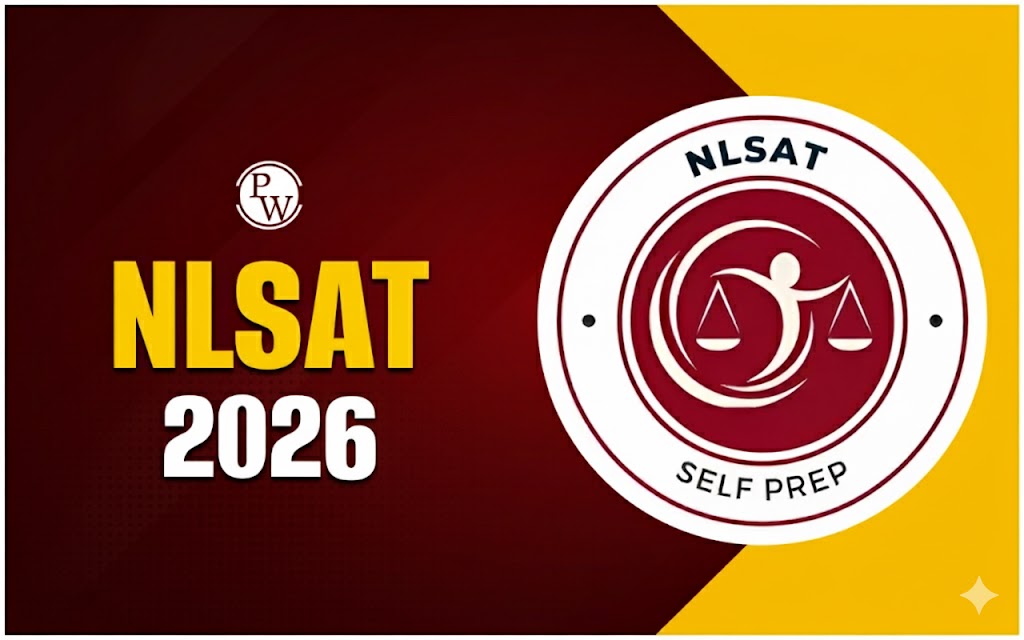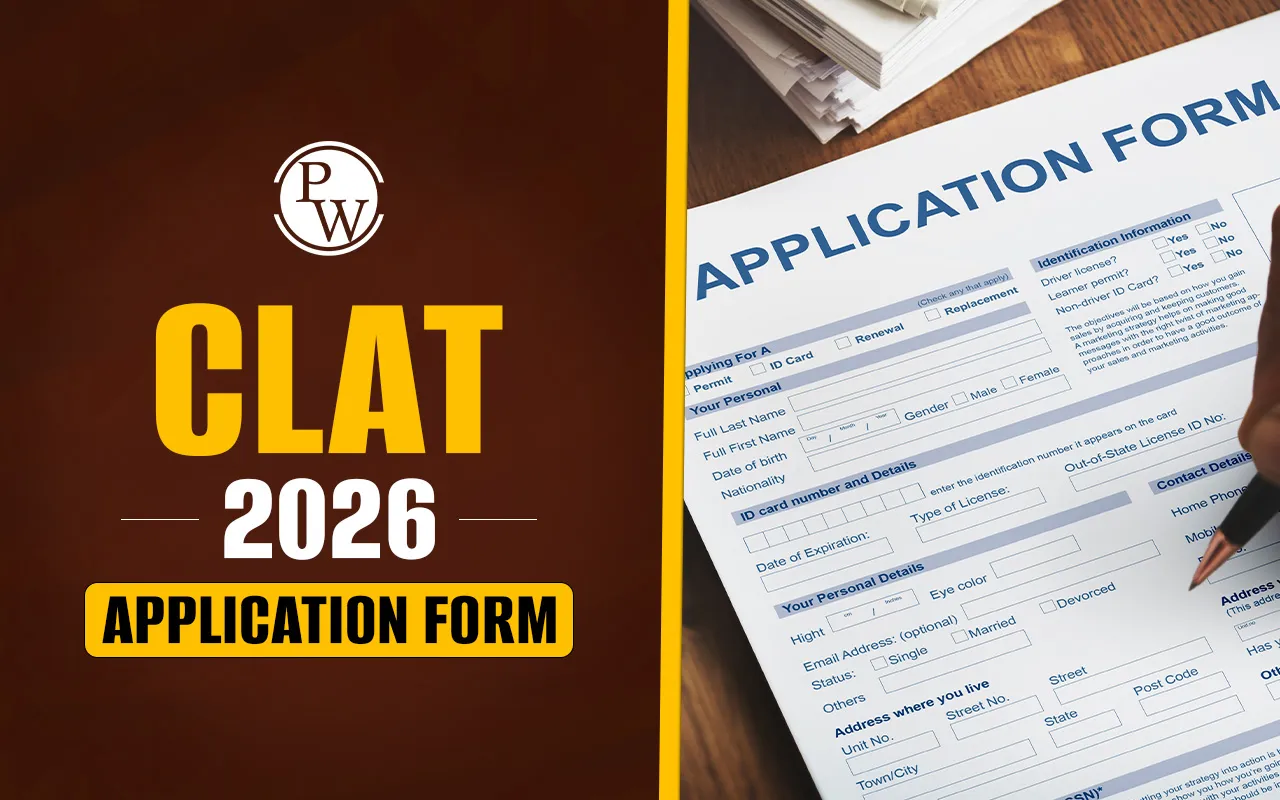

CLAT 2025 Cut Offs for Lowest Ranked NLUs: On 4 June 2025, the Consortium of National Universities published the CLAT 2025 Cut Offs for Lowest Ranked NLUs on the official website at www.consortiumofnlus.ac.in. Candidates wait eagerly for the CLAT 2025 cutoffs for NLUs, especially for lowest ranked NLUs, to sort their admission possibilities. For premier NLUs such as NLSIU Bengaluru, NALSAR Hyderabad, and WBNUJS Kolkata, candidates require ranks between 100 to 200, which is high. Therefore, NLUs that accept the lowest CLAT ranks serve as a lifeline for candidates.
Earlier, the Consortium of NLUs declared the CLAT revised results 2025 on 17 May 2025. Along with it, the authorities also opened the counselling registration till 21 May 2025. The CLAT third merit list will be published on 20 June 2025.
Checkout Law Books from PW Store
CLAT 2025 Cut Off Ranks for Lowest Ranked NLUs
CLAT 2025 cut-off ranks for the lowest ranked National Law Universities (NLUs) indicate the minimum All India Rank (AIR) required for admission to these institutes, which generally have higher closing ranks compared to top NLUs. For the lowest ranked NLUs such as NUALS Kochi, CNLU Patna, and NUSRL Ranchi, the closing ranks for the general category in Round 1 are expected to range from around 1100 to 2000 or higher, depending on the institute and category. Check out the CLAT cutoff ranks 2025 for lowest ranked NLUs as announced by the Consortium.
CLAT 2025 Round 1 Cut-off for Lowest-Ranked NLUs
Here is the consolidated list of round 1 cutoff across General, OBC, ST, SC, and EWS categories for lowest ranked NLUs.
Note: There are reservations for state-category candidates also.
CLAT 2025 Round 2 Cut-off for Lowest-Ranked NLUs
Refer to the following table to know about the cutoffs for different categories for lowest ranked NLUs.
Note: *state category reservation
CLAT Lowest Ranked NLUs
CLAT’s lowest ranked National Law Universities (NLUs) provide opportunities for candidates with moderate CLAT scores to secure admission to prestigious law programs. Unlike top NLUs such as NLSIU Bengaluru or NALSAR Hyderabad, which require top 100–200 ranks, these lower-ranked NLUs have significantly higher closing ranks, making them more accessible to a wider pool of aspirants.
The lowest ranked NLUs are identified based on the NIRF Law Rankings, and their cutoffs vary each year depending on seat availability, reservation policies, and applicant preferences. The following table mentions the lowest ranked NLUs based on the NIRF ranking 2024.
How are NLUs Ranked?
NLUs are ranked primarily through the National Institutional Ranking Framework (NIRF) by the Ministry of Education, Government of India. The NIRF ranking evaluates NLUs based on five key parameters, such as:
- Teaching, Learning, and Resources
- Research and Professional Practice
- Graduation Outcomes
- Outreach and Inclusivity
- Perception
Additional rankings, like IIRF, also consider factors such as employability, faculty quality, innovation, and external perception. These rankings are published annually and are widely used by aspirants to assess the reputation and academic excellence of each NLU.
CLAT 2025 Cut Offs for Lowest Ranked NLUs FAQs
What are the lowest ranked NLUs for CLAT 2025?
What is the expected general category cut-off rank for these NLUs in 2025?
Do cut-off ranks differ for BA LLB and BBA LLB courses?
Are cut-offs different for reserved categories?
What factors influence the CLAT cut-off for lowest ranked NLUs?













